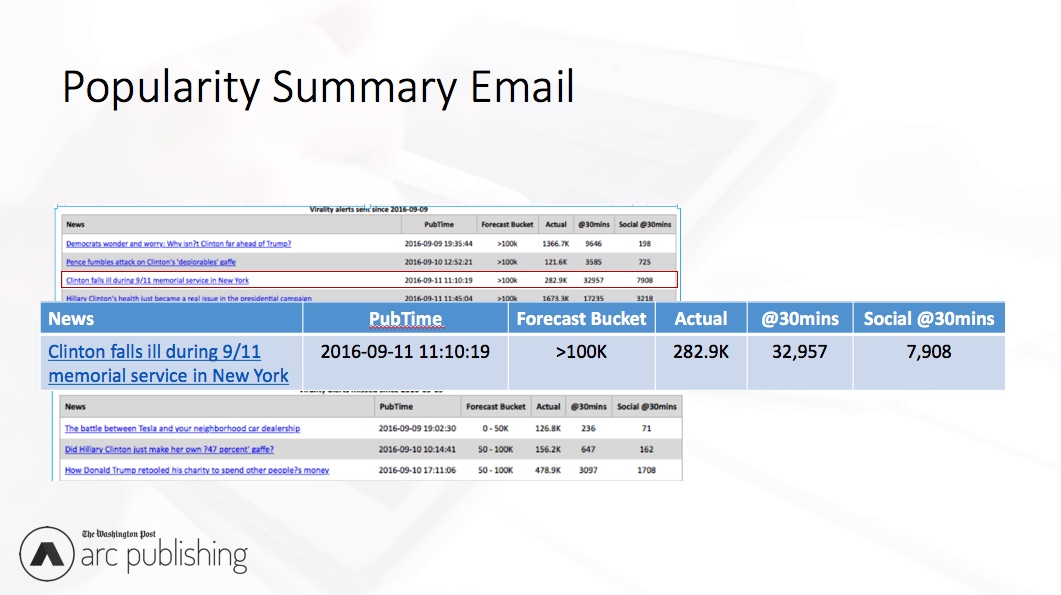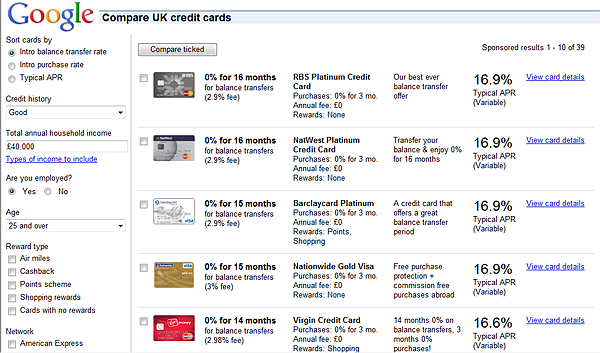

Russia’s Yandex and StartPage wrap up the six biggest search engines in the US with market shares of 0.17% and 0.06%, respectively. In third place is Yahoo, with a market share of 2.23%, less than half of Bing’s.Īfter Google, Bing, and Yahoo, the fourth-most used search engine in the US is DuckDuckGo. We then show you a graph with the results our Search Volume Index graph. While the top two search engines in the US parallel that of the most popular search engines used worldwide, that’s where the similarity ends. How does Google Trends work Google Trends analyzes a portion of Google web searches to compute how many searches have been done for the terms you enter, relative to the total number of searches done on Google over time. Next on the list of the top search engines in the US is Bing, with a market share of 6.35%. The only difference comes in a slight fall in the market share for Google: it makes up 89.11% of the US market share, compared to 93.12% worldwide.


Google reigns supreme in the US with a similar dominance in the US search engine market share. And Google is also, in fact, seeing quite a similar lead in the United States.

With such figures, there is no question that the current search engine market share worldwide is dominated by Google. It has a market share of 0.49%.Įven though Bing, Yahoo, Yandex, DuckDuckGo, and Baidu rank among the world’s top search engines, their market shares total 6.03%, just a fraction of Google’s. China’s leading search engine, Baidu, wraps up the top six. DuckDuckGo is in fifth place, with 0.51% of the total market share. Russia’s Yandex is the third most popular search engine and has a market share of 1.15%. Bing currently has a market share of 2.77%. In other words, more than nine out of ten internet users who search for information online do so through Google.īy comparison, its closest rival, Microsoft’s Bing, is only managing a fraction of Google’s volume. Maybe misspellings for this brand are also partly to blame for this.Handling over 90% of all search queries worldwide, Google is undoubtedly dominating the global search engine market share.Īs of May 2023, a whopping 93.12% of all search queries conducted across all search engine providers are done through the internet giant. There also is a pizza chain called "mod". Wait a min - is Google confusing Moz with Mozarella? If so, then this could be why there is such a huge spike for Moz. Google is showing pizza related keywords for Moz. To figure the reason for this issue, all you need to do is scroll down the page to view the related queries shown for "Moz" Now let's see why it looks like Moz has significantly more searches than Semrush & Ahrefs This is why the chart shown is so misleading. However, since Google Trends emphasizes the trending nature of the chart, it looks like Ahrefs has caught up with Semrush in total search volume. Over the last 12 months Ahrefs has grown much more than Semrush, but it's total search volume is still lower than Semrush. Semrush went from 60,500/mo to 74,000/mo in last 12 months, a growth of 22%.Īhrefs went from 33,100/mo to 49,500/mo in the same time frame i.e. To understand this, let's look at search volume growth for semrush and ahrefs over the last one year. If the chart was drawn based purely on search volumes, then the Ahrefs spike would've seemed much smaller and the relationship between the two (if any) could've been lost. So, when it shows the graphs of Ahrefs and Semrush over the last 18 years, it finds that they both peaked in Sep 2022 (current month). Google Keyword Planner is the right tool for comparing actual search volumes.īasically, every graph that Google Trends draws is normalized to 0 and 100, where 100 is the peak in the timeframe we've requested. Google Trends was built to see the trends of keywords and to compare between trending keywords. This helps us see the trends, and emphasizes spikes in searches compared to increase in volume of searches.Ģ. Google trends data is presented as an index that is normalized from 0 to 100. Here is an long article from 2016 by a Google data jounalist that explains how Google trends works.ġ. To understand this we need to know how Google Trends works and what purpose it serves.


 0 kommentar(er)
0 kommentar(er)
